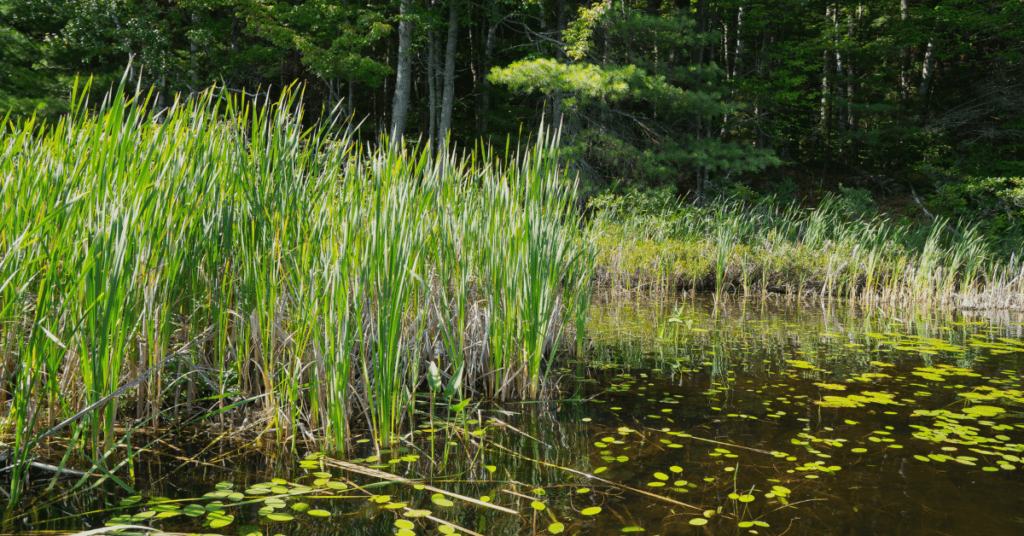With the recent announcement that Illinois is banning microbeads from personal care products and a call for the International Joint Commission to further study microplastics in the Great Lakes, there’s a lot of attention right now on these small bits of plastics that have invaded our lakes.
Microplastics in the Great Lakes is an increasing concern for the health of our waters, the creatures that live there, and for the 10 million Ontarians who rely on the lakes for their drinking water. Scientists are finding alarming amounts of plastic bits and beads in the Great Lakes. One study produced counts of up to 1.1 million plastic particles per square kilometre in Lake Ontario.
What are the dangers of microplastics?
As plastics build up in the water, they threaten the lives of fish and other water critters. Aquatic species can become entangled in larger pieces of plastic and can mistake smaller pieces for food. As plastics bioaccumulate in fish, the effects are passed up the food chain to larger fish, birds and mammals. Plastic pollution leads to the deaths of one million aquatic animals annually.
Microplastics also act like a sponge for toxics, soaking up chemicals like PCBs (polychlorinated biphenyls) and pesticides like DDT. So plastics in the water are also a significant concern with regard to human health.
Where is the plastic coming from?
We know that from the studies being done in the U.S., a lot of the microplastics are coming from plastic beads that are used as exfoliants in face washes, body scrubs, hand sanitizers and toothpaste. These beads are too small to be filtered out by wastewater treatment plants.
When other plastic products such as plastic bags, plastic food packaging, and water/juice bottles are not properly disposed of, they can also make their way into our lakes, rivers and streams. Overtime they disintegrate into smaller and smaller pieces of plastic.
What can we do about it?
The first thing we should do is follow in the footsteps of Illinois. Canada should also require personal care products to be plastic free. The Great Lakes are a shared resource, so unless every jurisdiction around the lakes takes this step, plastics will continue to accumulate in the water. This is not impossible – a number of companies have already pledged to stop using microbeads in their products.
The second thing we need to do is find out where the rest of the plastic is coming from and find ways to stop it from getting in the water. Programs and policies can then be developed to educate businesses and individuals about the impact of microplastics and what actions they need to take to keep our lakes and rivers plastic free. The International Joint Commission – a Canada-U.S. binational agency – with its commendable record on conducting great scientific studies is well suited to lead this work.
You can also help by avoiding plastics in your daily life. For example, buy a refillable water bottle instead of using disposable ones. And when you do use plastic, make sure that you dispose of it properly.








